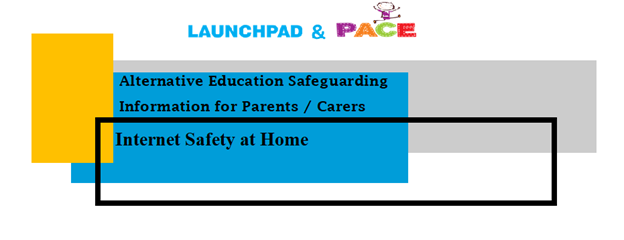Internet Safety at Home

Whether it’s playing with the latest robotic toy or talking to a smart speaker, more children are using devices that connect to the internet. This has increased over the past few years, with industry experts predicting that there will be over 20 billion connected devices in our homes worldwide by 2020.
Connected devices and toys can be found in most homes, and have changed how many of us go about our daily lives and how children interact and play.
It’s important for parents to find the balance between providing ways for their children to learn and have fun and minimise the risks associated
How can I make my connected home more secure?
There things you can do to help make your connected home safer for your child:
- Do your research: Research different products online and read reviews. This is a great way to find out more about a product including age restrictions and credibility, as well as hearing directly from other parents.
- Read the manual: Read the manual provided by the manufacturers. Information should be given about the privacy of the device, how it connects to the internet, and information about any app which may need to be downloaded in order to use the device.
- Set up parental controls: Make use of the parental controls available on your home broadband and any internet enabled device in your home. You can find out more about how to use parental controls by visiting your broadband provider’s website, or by reading the Thinkuknow article about parental controls. Link below: https://thinkuknow.co.uk/parents/articles/Parental-controls/
- Use safe search: Enable the ‘SafeSearch’ function on your connected device and web search engines. This will allow you to limit the material your child can see when online. It is important to understand that no parental control or ‘SafeSearch’ function is 100% effective. This cannot be used alone to protect your child from accessing age-inappropriate material.
- Change the default password: When you buy a connected device or toy, change the default password. Use a strong password that cannot easily be guessed and do not share this with others.
- Set your Bluetooth to ‘undiscoverable’: Many connected devices are Bluetooth enabled. This means they are able to connect to nearby devices without having to connect to the internet. If the device has Bluetooth, set this to ‘undiscoverable’ so your child doesn’t share data or pair with an unknown device.
- Review and/or delete audio files: Some connected devices or toys work by listening to your child’s voice commands, so these devices usually record and keep these audio files to work properly. Refer to the manual and find out how to review and/or delete audio files. If there’s a microphone on your child’s connected device, you can turn on the ‘mute’ button. This will stop the device from recording and storing audio files.
- Talk to your child: Include connected devices in your online safety conversations, reinforcing the message that if your child sees or hears anything that makes them feel worried, they can speak to you or another adult they trust. Read further information on starting the conversation about online safety. Link below: https://www.nspcc.org.uk/keeping-children-safe/online-safety/talking-child-online-safety/
- Supervise your child: If your child is primary school aged, supervise them when they are online or using a connected device. You should keep the connected devices your child uses in communal areas of the home such as in the kitchen or living room.
Parents text content
For help setting up parental controls or reviewing the privacy settings of a connected device or toy, you can get advice by calling the NSPCC/O2 Helpline on 08088005002.





